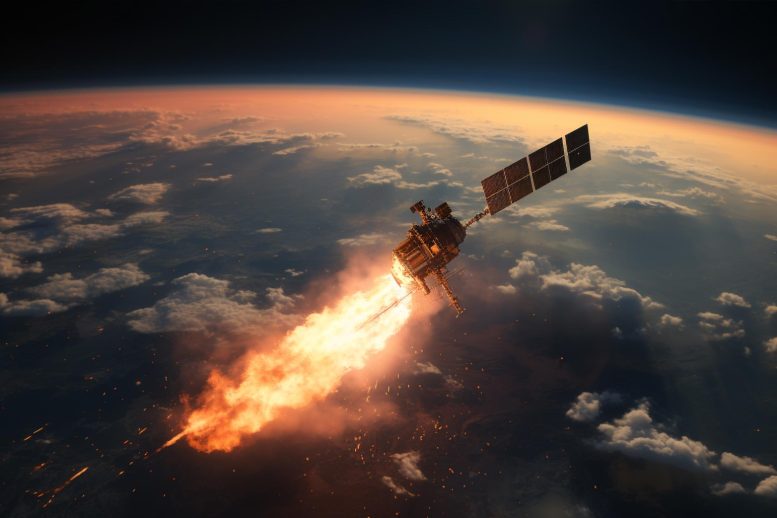
The European Space Agency (ESA) is carrying out its first-ever assisted satellite reentry. After successfully completing its mission and with fuel nearly depleted, the wind-mapping satellite Aeolus is now on a descent towards Earth. Although Aeolus was constructed before current end-of-life disposal regulations, ESA is striving to adhere to contemporary best practices by steering the satellite towards an ocean reentry, minimizing any risk. (Artist’s concept of a satellite burning up during reentry.)
The European Space Agency is orchestrating its first-ever satellite reentry with the Aeolus satellite, aiming to direct it towards an ocean reentry. Despite the challenges posed by fluctuating atmospheric conditions due to heightened solar activity, the ESA team is utilizing simulations, innovative maneuvers, and continual adjustments to ensure a safe and successful mission completion.
In a first at ESA’s Main Control Room in Germany, simulations are under way as teams prepare not for a launch, but a satellite’s assisted return through Earth’s atmosphere. Mission successful, fuel running out, Aeolus is now naturally descending.
The Flight Control Team at mission control will soon command the wind-mapping satellite for the last time, targeting its reentry towards the ocean to reduce the already very small risk from its return. In simulations, however, things aren’t going to plan.
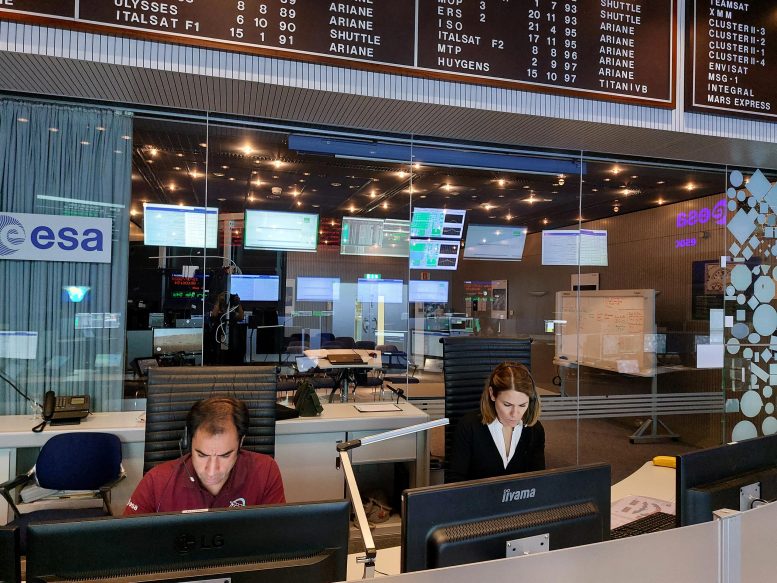
Filipe Metelo and Isabel Rojo during Aeolus reentry simulations. Simulation Officer Filipe says “for the teams, these simulations feel like the real thing.” Credit: ESA
No two missions are the same but launches have many milestones and features in common with each other: a satellite or spacecraft is launched on a gravity-defying rocket into space, after it separates and, exact sequences differ but it is woken up, solar arrays are deployed, instruments are switched on and tested and its thrusters are fired to get it where it needs to be.
Five years ago, Aeolus was doing just this. Now, mission complete, it’s days away from reentering through Earth’s atmosphere, and although it wasn’t designed for this, teams will be attempting to steer it on its path.
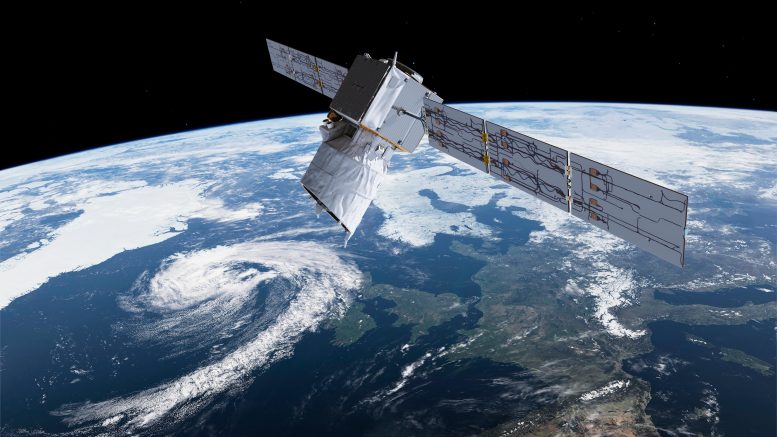
ESA’s Aeolus wind mission provided timely and accurate profiles of the world’s winds and further information on aerosols and clouds. The mission advanced our understanding of atmospheric dynamics. It also provided much-needed information to improve weather forecasts and contribute to climate research. Credit: ESA/ATG medialab
Aeolus was planned and built before current international regulations were put in place on end-of-life disposal, but ESA is nonetheless doing all it can to bring Aeolus, retrospectively, in line with the best standards of today. It’s the first time such an assisted reentry is being attempted by ESA’s mission control, but simulations are ongoing to make sure nothing comes as a surprise.
Simulating an assisted reentry: an ESA first
How do you simulate something you’ve never done before? That’s the question for Simulation Officer Filipe Metelo:
“First, we create a realistic simulation of the behavior we expect from Aeolus as it returns, using the information we have from past reentry scenarios, controlled and uncontrolled, with tried and tested ‘telecommands’ and with various software already available to us,” explains Filipe.
“Then we chose specific scenarios that could happen, both likely and unlikely, and play these out in the Main Control Room. With a ‘pretend’ Aeolus and ground system, it feels to our teams just like the real thing.”
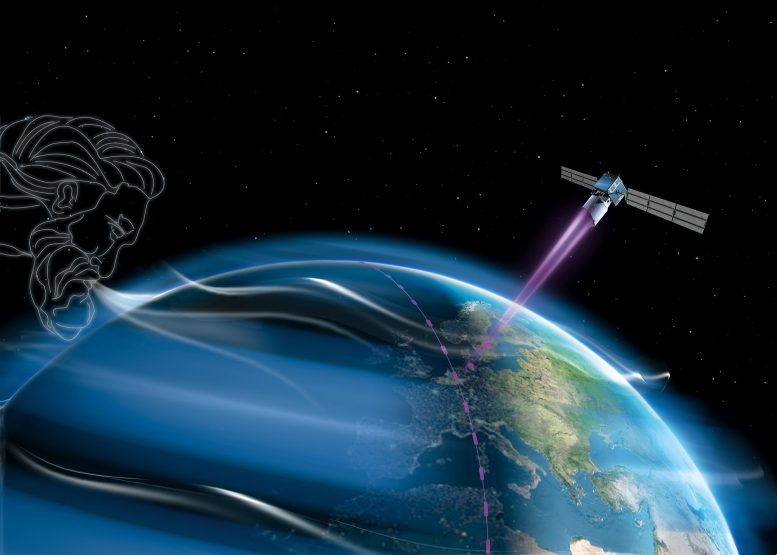
Aeolus provided global observations of wind profiles from space to improve the quality of weather forecasts. This novel mission also advanced our understanding of atmospheric dynamics and climate processes. Credit:
ESA/AOES Medialab
In general, the real operations shouldn’t be so different from the simulated events now being rehearsed, but this reentry comes with greater uncertainty than the launches and maneuvers commonplace in this historic room.
Current high levels of solar activity, for one thing, are creating unpredictable fluctuations in the thickness of the atmosphere, speeding up Aeolus’s return. As such, aspects of this campaign are being continually adjusted as critical operations near.
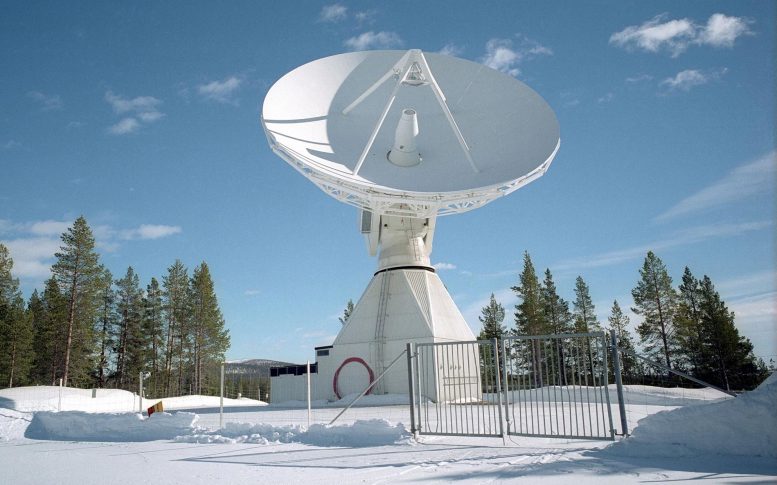
ESA’s Kiruna ground station will be in touch with Aeolus during critical reentry maneuvers. The station is located at Salmijärvi, 38 km east of Kiruna, in northern Sweden. The station is equipped for tracking, telemetry, and command operations as well as for reception, recording, processing, and dissemination of data. Credit: ESA-S.Corvaja
Milestone maneuvers
The key moments in Aeolus’s return will be a series of never-before-performed maneuvers that should steer Aeolus on a return path over the most uninhabited regions possible, i.e. the ocean.
In case something doesn’t go to plan with any of the maneuvers, it will be up to the various ground stations around the world to keep track of Aeolus’s signal, then for ESA’s flight dynamics experts to determine its orbit and potentially produce new commands for the Flight Control Team to send up to the satellite.
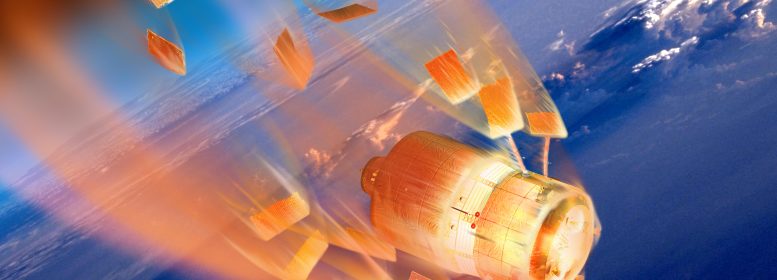
Illustration depicting the reentry and break up of ESA’s Automated Transfer Vehicle resupply spacecraft during a controlled reentry. Credit: ESA
Five simulations are planned altogether that are more like rehearsals with minor issues surfacing, such as losing contact with Aeolus or parts of the spacecraft reaching unexpected temperatures, than the doomsday scenarios often thrown at teams before a launch.
What makes this reentry so special, and new, is that it takes a mission built with one ending in mind and, from the ground, is altering its future.
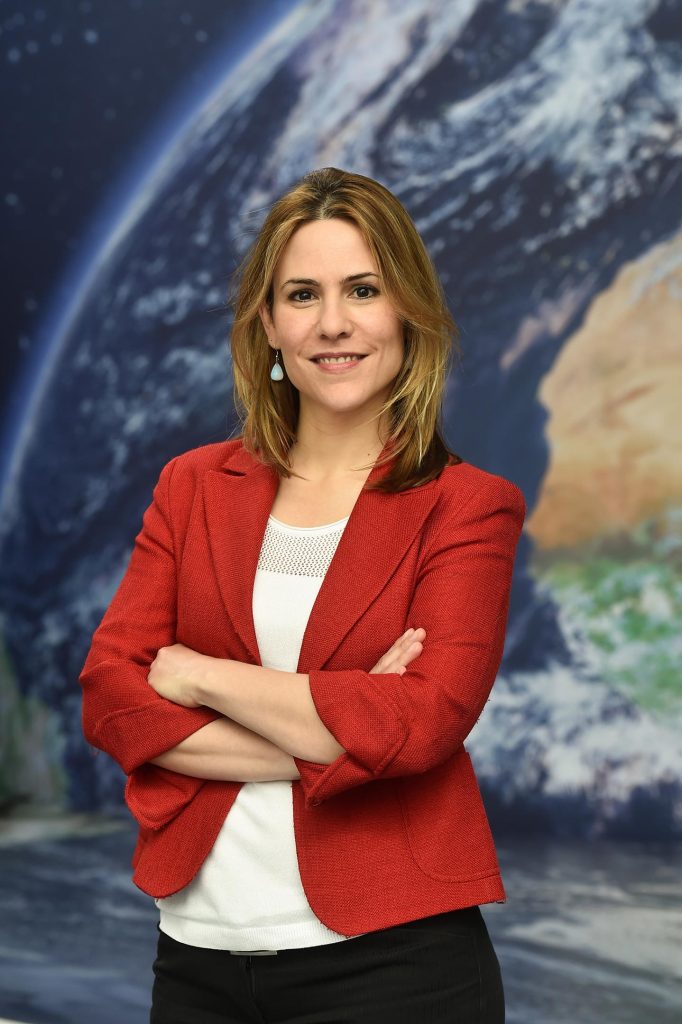
Isabel Rojo is spacecraft operations manager for ESA’s Gaia mission, and is based at ESOC, the European Space Operations Centre, Darmstadt, Germany. Credit: ESA/J. Mai
“I’ve probably taken part in more than 60 simulations over my career, but this one is extremely different as we work to execute the planned operations as accurately and safely as possible but with a number of unknowns that are outside of our control,” continues Isabel.
“I’m looking forward to uplinking the last set of commands that will execute Aeolus’s final maneuver, and seeing them onboard a spacecraft behaving nominally. Once that is done, our part will be over, and can only hope for the best. I am of course nervous about seeing this all go to plan, and any reentering fragments ending up safely in the ocean.”
An unexpected end to the impossible mission
Aeolus Mission Manager Tommaso Parrinello, normally based at ESA’s Earth Observation heart at ESRIN, Italy, has been taking part in the simulations at mission control. Since just after Aeolus was launched, he has straddled the two worlds of Science and Operations and seen not just how challenging this mission has been to fly, but exactly why it’s been so worth it:
“Aeolus is a magical machine that has surprised even the most experienced engineers across the world,” concludes Tommaso.
“Daily, we faced and resolved many technical and scientific challenges to make sure that we could deliver the best data to the meteorological community. But it’s been hard because it’s been new: Aeolus was always meant to be a demonstrator mission, nothing like it had ever been launched into space.”
And just as Aeolus went above and beyond during its mission, revolutionizing wind profiling and improving weather models forever, its demise is now also proving to be a challenge of great importance.
Marking the end of Aeolus’ remarkable mission, ESA worked with composer Jamie Perera to create a woodwind piece from data that spans the lifetime of the satellite’s life in orbit around Earth.
“It is only now that you realize that an idea that was proposed just a year ago has become something that is real and tangible. We all know that this reentry is not going to be easy and we might not succeed. Probably, this is the biggest challenge of our professional life, but I could not imagine a different end for this “impossible mission.””
“Listening to the different voice loops and being part of the intertwined activities in the Main Control Room is really a “wow” moment. It’s difficult to describe. Not only is this real, but it is coming fast. We’ve never been readier than we are now!”


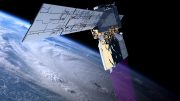
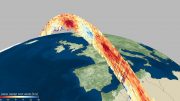
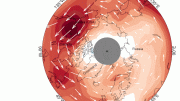


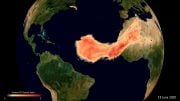
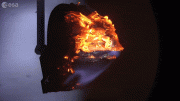
Be the first to comment on "Mission Possible: Steering Aeolus Through Earth’s Fiery Welcome"